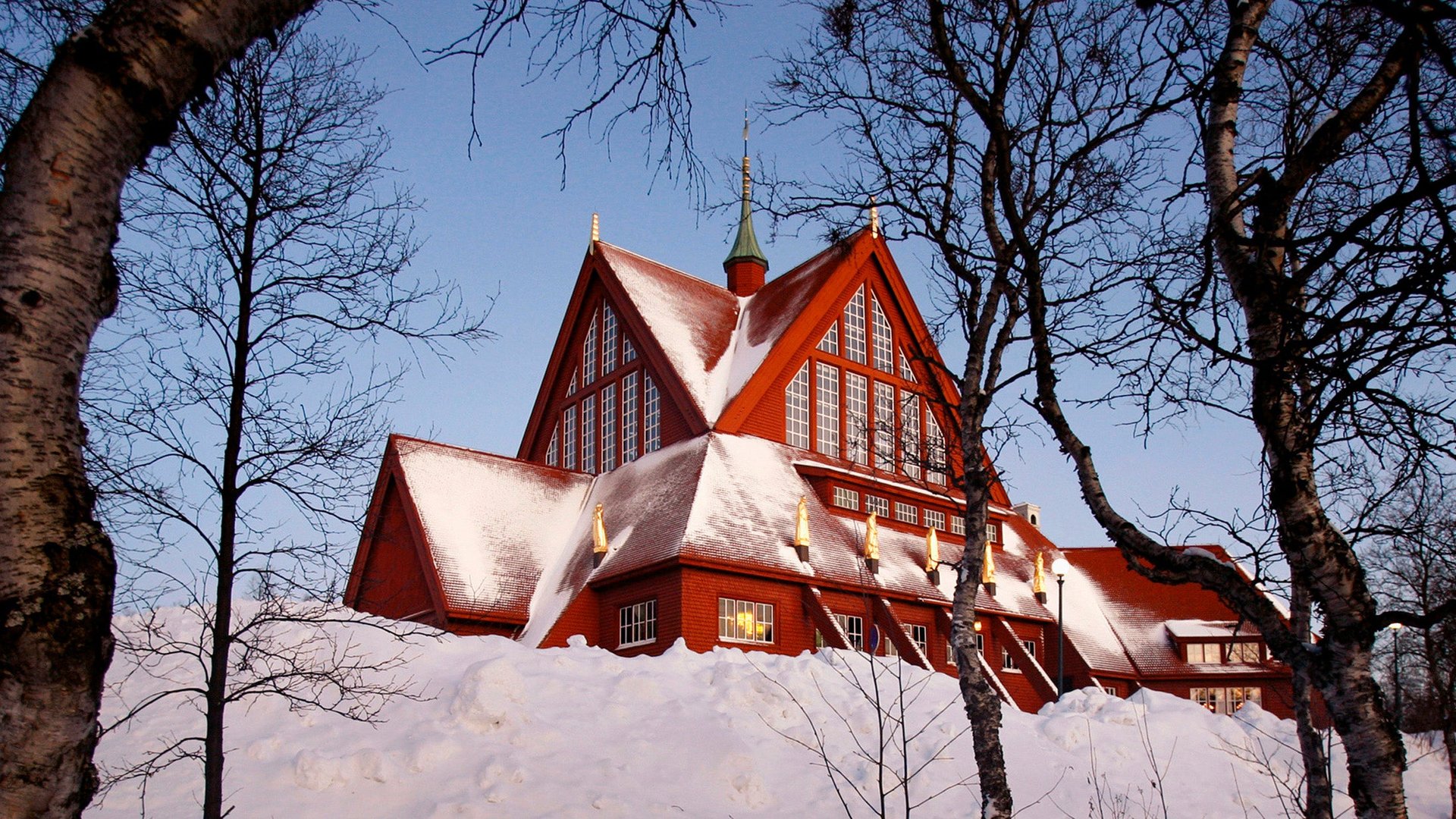A Swedish mining company is moving an entire town of 18,000 people—including its buildings—to a new location
You know that sinking feeling? For residents of Kiruna, in the far north of Sweden, it’s not just a feeling. That’s why the town of 18,000 is being moved 3 kilometers (2 miles) to the east, to more stable ground. Some people have moved already, and the first of the town’s historic buildings was hoisted up on a truck yesterday and transported to its new location.


You know that sinking feeling? For residents of Kiruna, in the far north of Sweden, it’s not just a feeling. That’s why the town of 18,000 is being moved 3 kilometers (2 miles) to the east, to more stable ground. Some people have moved already, and the first of the town’s historic buildings was hoisted up on a truck yesterday and transported to its new location.
Kiruna is built around Europe’s largest underground iron-ore mine. State-owned mining company LKAB has been digging increasingly deep into the earth at the site, which increases the risk of Kiruna (founded in 1900) slipping into a sinkhole. Thus, the move to save the town’s people and preserve a number of historical buildings.
The process of moving the entire city could take 100 years, but the Norwegian architecture firm that won the contract had to submit a plan to do it in 20 years. “Kiruna will be a bit like a walking millipede with a thousand feet, moving, crawling, slowly a couple of kilometers toward the east,” architect Mikael Stenqvist said in a promotional video.
To enable the move, LKAB will buy properties at 125% their market price, or offer a similarly sized house at the new location. Some of the town’s most iconic buildings, such as the clock tower and the church, will also be moved to the new city, following a public vote. The cost of the move, paid for by LKAB, will be more than $1 billion.
The New York Times reports that the mining town Hibbing, Minnesota moved 2 miles from its original site between 1919 and 1921 to make way for iron-ore mining. Hill Village, New Hampshire and Tallangatta, Australia were moved to avoid flooding from a dam construction. Kiruna, however, is probably the largest city to attempt such an ambitious move.